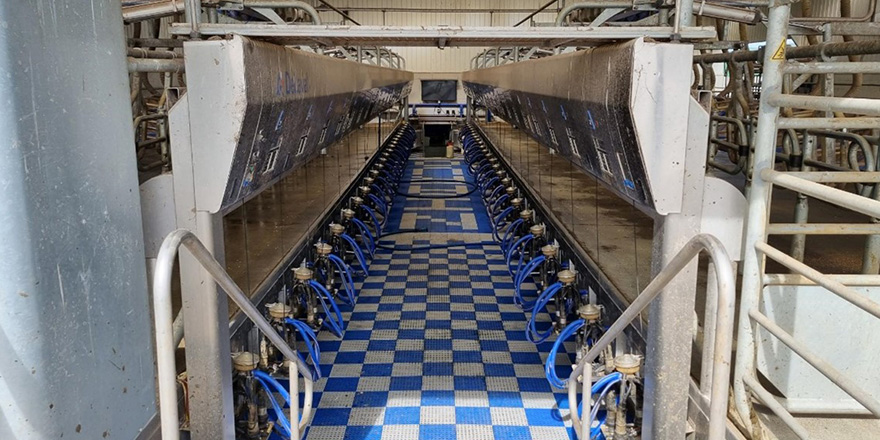
Executive summary
Working in the food and fibre sector is undoubtedly renowned as a ‘manual’ career. Good musculoskeletal health is essential in allowing workers to move, without pain or restriction, in life and work. To ensure the longevity of their career, workers must have sufficient levels of musculoskeletal health to allow the physical capability and capacity to perform at work every day, now and into the future.
This research seeks to understand the nature and extent of work-related musculoskeletal disorders in the food and fibre sector and how musculoskeletal health may correlate with injury risk and performance outcomes. The aims of the research are to:
- Review the nature and extent of work-related musculoskeletal disorders in the food and fibre sector.
- Explore any potential correlation between musculoskeletal health, injury risk and performance outcomes.
- Investigate sector understanding of injury risk factors.
- Investigate how musculoskeletal injury risk is currently managed in the food and fibre sector.
- Evaluate the potential benefits and barriers to adopting a more integrated and holistic approach to
- managing performance and mitigating injury risk in the food and fibre sector.
The methodology comprises a literature review to form the theoretical foundation from which to compare and contrast qualitative and quantitative data collected through multi-method data collection. A three-stage process was created to engage with industry employees: an online questionnaire, enrollment on a health and wellbeing app called Symmio, and a follow-up online questionnaire. A three-stage process was created to engage with food and fibre sector leaders responsible for injury risk management, comprising of an online questionnaire, a semi-structured interview, and a post-interview follow-up online questionnaire. Data was also collected and analysed through a Functional Movement Screen in the wool harvesting industry. Results were collected and explored from the industry employees’ engagement with the Symmio app. Closed questions for the online questionnaires were analysed, and a thematic analysis approach was taken to look at the open questions from the questionnaires and the interviews.
Work-related safety is about creating a safe working environment, eliminating or minimising the risks at work that can impact a worker’s health. Data analysis shows that the proportion of work-related injuries attributed to musculoskeletal disorders is twice as high in the food and fibre sector than is demonstrated across the general population, with 60% of the overall burden of harm from work-related injury. However, work-related health is also about the way worker health may impact working safely; therefore, worker health and wellbeing are injury risk factors. Results showed the importance of musculoskeletal (MSK) health and its contributing factors in influencing future injury risks and that the presence of risk factors may have a detrimental effect on the performance and productivity of the workforce. Opportunities to design holistic and educational approaches into the workplace as standard protocol and as just part of ‘what we do’ was seen as a requirement.
Recommendations from this research were:
- Co-investment is required from MPI, MBIE, WorkSafe NZ, ACC and industry good organisations to collaboratively resource the development of an over-arching strategy that bridges the gap between wellbeing and injury risk management. The strategy must align with the future Primary Industry Wellbeing Strategy.
To guide this strategy, further research is needed in the following areas:
- ACC and WorkSafe should conduct research on the nature and extent of MSK health risk factors, pain, and movement dysfunction sector-wide using an evidence-based screening tool. Subsequently, objective data could be provided about sector-specific requirements.
- Current government-funded injury risk management research projects should look to integrate evidence based screening tools into their data collection and intervention development process to provide objective evidence about the effectiveness of interventions.
Laura Hancock




